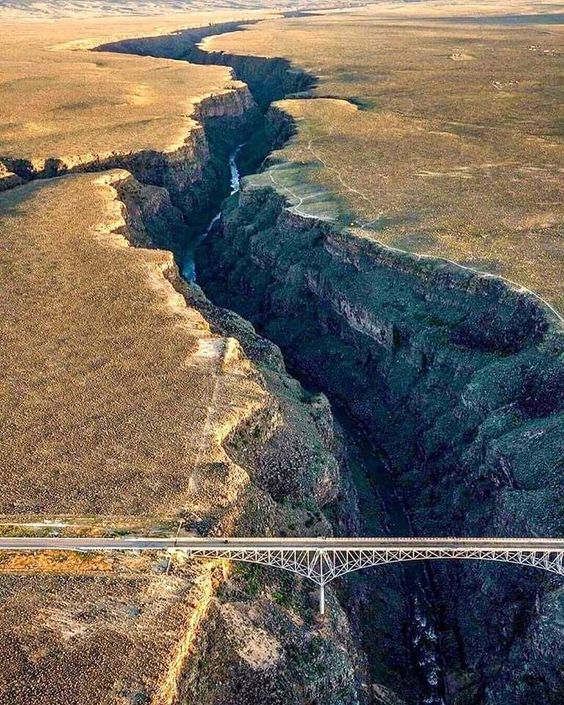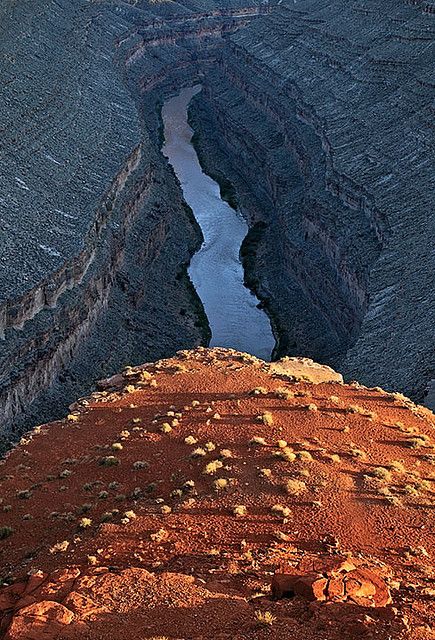In the vast landscapes shaped by time, there are geological formations that intrigue and captivate the curious mind. One such phenomenon is the cracked rock, where nature’s forces have carved intricate patterns of fractures and fissures into solid stone. These geological ruptures hold tales of immense pressure, geological processes, and the relentless passage of time. In this article, we will explore the enigmatic world of cracked rocks, delving into their formation, their significance in geology, and the mesmerizing beauty they display.

- Forces of Nature at Work: Cracked rocks are a testament to the powerful forces of nature that shape our planet. The formation of these fractures is often the result of tectonic activity, where immense pressures from beneath the Earth’s surface cause rocks to crack and fracture. Over time, the movement of tectonic plates, erosion, and other geological processes further contribute to the development and expansion of these captivating patterns.

- Intricate Patterns and Geological Significance: The patterns and arrangements of cracks in rocks can vary greatly, creating intricate designs that mesmerize observers. From radial fractures emanating from a central point to polygonal patterns resembling shattered glass, each crack tells a story of the geological forces that have shaped the rock. These patterns provide valuable insights into the stress distribution, rock composition, and geological history of the area.

- Geology’s Window into the Past: Cracked rocks serve as windows into the geological past, offering clues about the conditions that existed during their formation. By studying the orientation, width, and spacing of cracks, geologists can infer the magnitude of past geological events, such as earthquakes or volcanic activity. This knowledge contributes to our understanding of Earth’s dynamic history and helps in predicting future geological events.

- Habitat for Unique Life Forms: The crevices and fissures in cracked rocks provide shelter and microhabitats for a variety of organisms. In these seemingly inhospitable environments, resilient plants, lichens, and mosses can establish a foothold, creating a unique ecosystem within the cracks. These hardy life forms demonstrate nature’s ability to adapt and thrive even in the harshest conditions.





